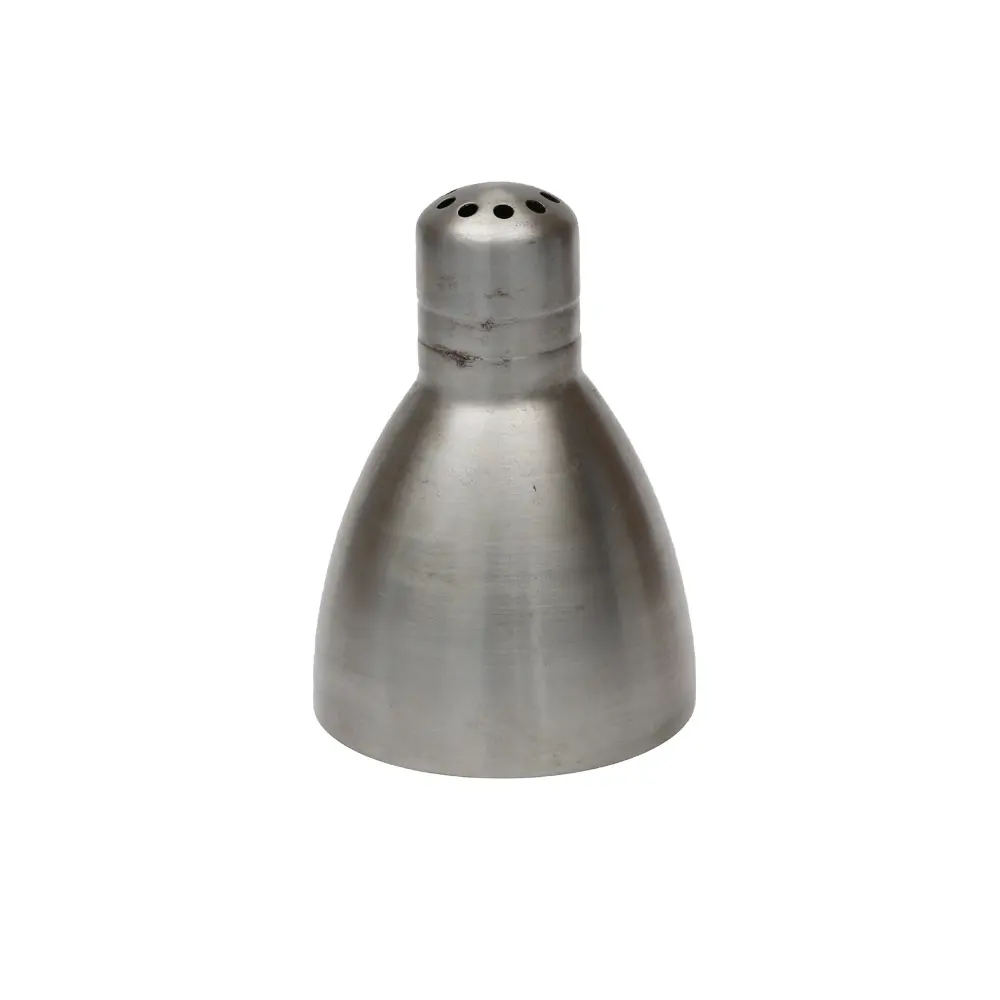What Is Stamping Processing and Why It Matters in Modern Manufacturing
2025-04-27
When you think about how everyday products — from cars to appliances — are made, stamping processing might not be the first thing that comes to mind. Yet this technique is a cornerstone of modern manufacturing, shaping metal parts quickly, precisely, and cost-effectively.

What Is Stamping Processing?
Stamping processing, often just called "stamping," is a method where a sheet of metal is placed into a press and shaped by a die. It uses force to cut, form, or emboss the material into a specific design. This process can create everything from simple washers to intricate car body panels.
Key Benefits of Stamping
- High Efficiency: Once the dies are made, parts can be produced at very high speeds.
- Consistency: Each stamped piece is nearly identical, ensuring high precision.
- Cost-Effective for Large Volumes: While setting up dies can be expensive, the cost per part drops significantly when producing thousands or millions of units.
- Versatile: Stamping can perform a variety of actions — cutting, bending, punching, embossing — often in a single operation.
Where You See Stamped Parts
Stamped components are everywhere: car hoods, smartphone casings, kitchen sinks, brackets in furniture, and even small electronic connectors. Without stamping processing, producing complex and durable parts at scale would be much slower and more expensive.
Stamping quietly supports industries around the world, powering the products we rely on every day.


